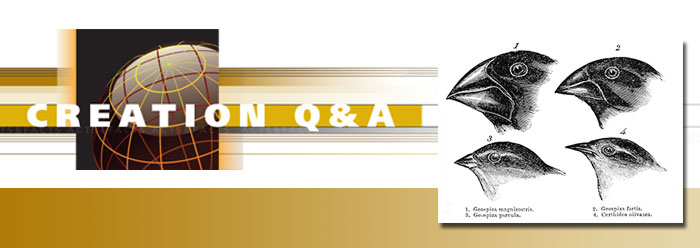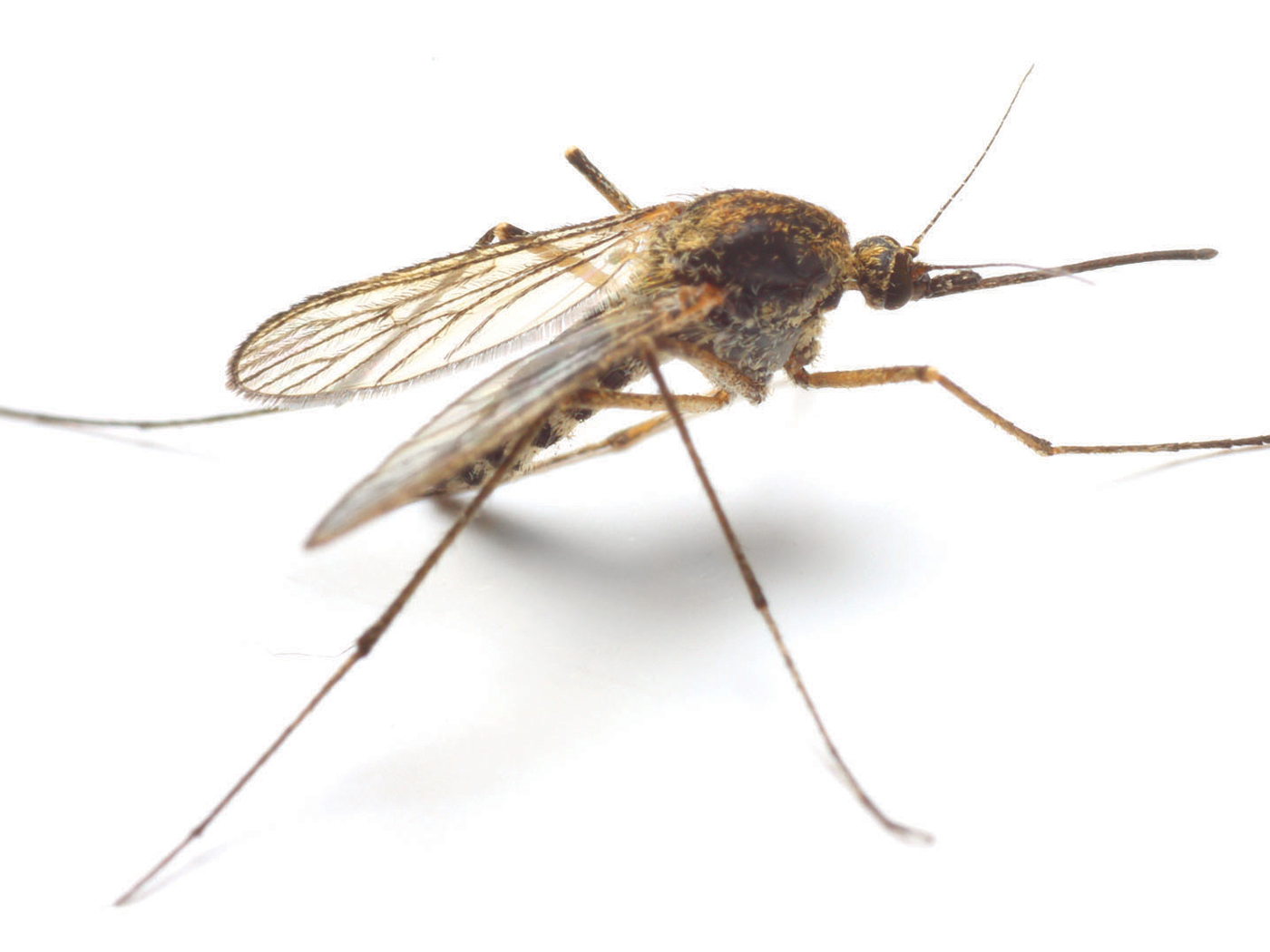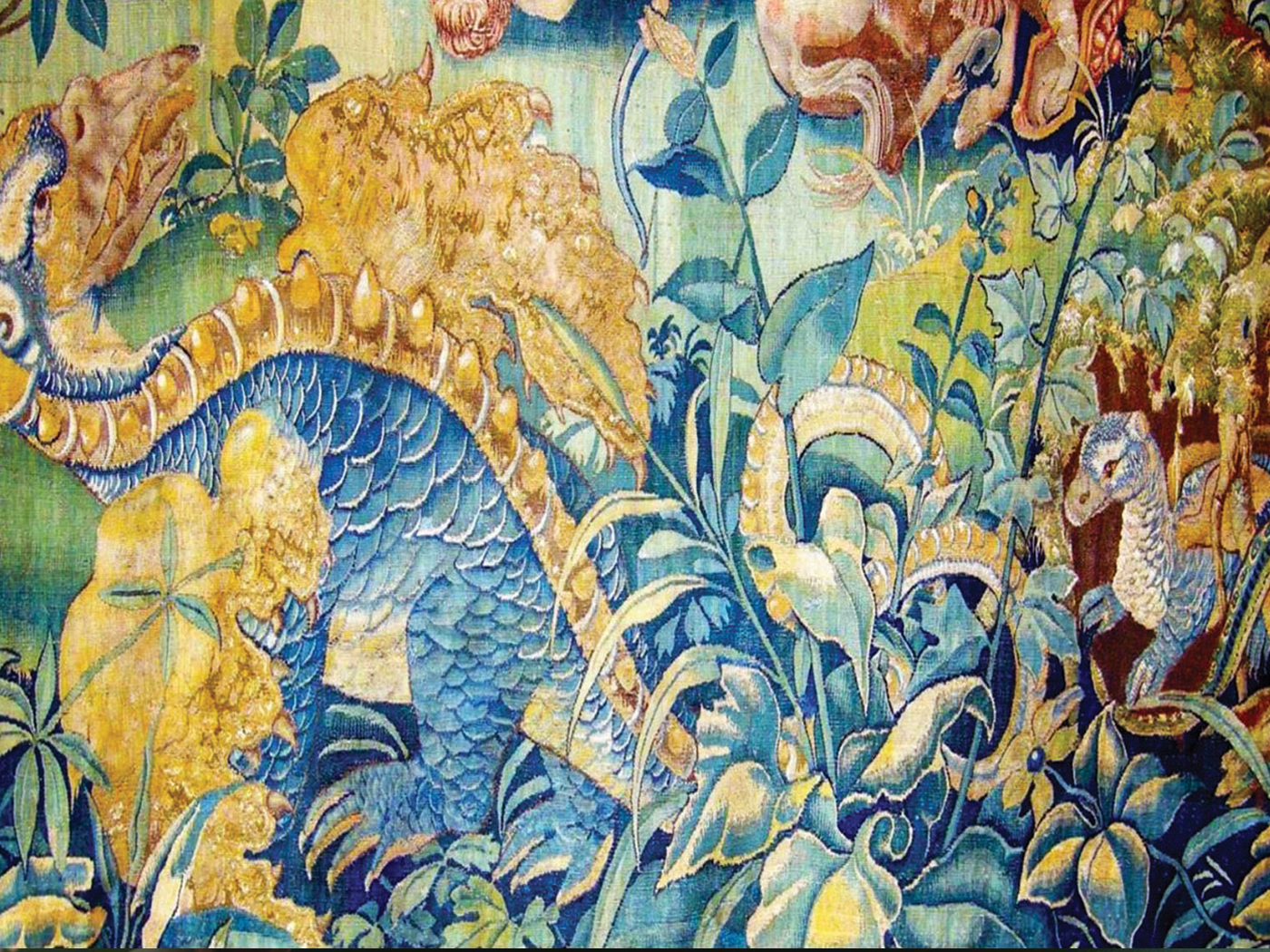Even those who know very little about evolution have heard that some birds on some island somehow demonstrate Darwinism. Today, the evolutionary idea that all living animals descended from one original animal dominates Western culture. Of course, this idea contradicts God’s Word, which clearly implies that each animal was created to reproduce only “according to its kind,” not to transform into different kinds. Do the birds called “Darwin’s finches” really prove Darwinian change between kinds and thus disprove the Bible on this point?
Finches live all over the world and have many varieties. Thirteen species of dark-colored finches inhabit the Galapagos Islands, situated about 600 miles west of Ecuador in the Pacific Ocean. Each island hosts more than one species, and many of these species can interbreed. Charles Darwin, who helped popularize the idea that animals can change between kinds, collected nine of the thirteen finch species when he visited the Galapagos Islands in 1835.
Textbooks assert that these finches helped convince Darwin of bird evolution, but this is incorrect. According to molecular biologist Jonathan Wells’ book Icons of Evolution,1 Darwin did not mention them in his diary of the voyage or in his famous book On the Origin of Species. The use of the Galapagos finches to represent Darwinian change came a century later through a landmark 1947 book called Darwin’s Finches.2 In 1973, Peter and Rosemary Grant—a husband and wife research team—went to the Galapagos Islands to find out exactly how finches showed Darwinian changes. The Grants carefully tracked all the finches on one tiny island and recorded weather patterns and the birds’ diets.
When a drought struck the islands in 1977, the only readily available finch food was tough nuts. Finches with slightly smaller beaks died, while those few with beaks large enough to more efficiently crack the nuts survived. Evolutionists then suggested that at this rate of beak thickening, more droughts could produce much bigger finch beaks, possibly illustrating the same mechanisms that supposedly drive Darwinian change between kinds.
However, 1982 and 1983 brought record rainfall to the Galapagos Islands that allowed the drought-stifled plants to grow back and create a lush environment. With so many soft seeds available for food, bird numbers soared. Finches with smaller beaks came right back. For every supposed evolutionary step forward, finches appear to take a step backward. No net evolution occurs in “Darwin’s finches.”3
Peter Grant wrote in 1991 that the beak trait in his finch population “is oscillating back and forth.”4 Summarizing these finds in the college textbook Evolution, author Mark Ridley wrote that “beaks evolving up in some years, down in other years, and staying constant in yet other years—probably results in some kind of ‘stabilizing’ selection over a long period of time.”5 But transforming one animal into another kind requires radical change, not stability over a long period of time! Plus, the kind of “evolving” in subtle beak changes does not illustrate the kind of information-adding “evolving” needed to craft a fish into a reptile or a reptile into a bird.
In reality, the Galapagos finches have shown their God-given abilities to adapt and survive tough times, while keeping within their created kind. So the next time someone suggests that Galapagos finches prove evolution, you can ask, “How do size fluctuations in already existing beaks explain how bird beaks evolved in the first place?”
References
- Wells, J. 2002. Icons of Evolution. Regnery Publishing: Washington, D.C., 160.
- Lack, D. L. 1947. Darwin’s Finches. New York, Cambridge University Press.
- The Texas public high school biology textbook co-authored by atheist Ken Miller says that scientists watched the “average beak size in this finch population increase dramatically.” Why did he not also say that finch beak sizes shrink, showing no net evolution? See Miller, K. R. and J. S. Levine. 2010. Biology. Boston, MA: Pearson, 472.
- Grant, P. R. 1991. Natural Selection and Darwin’s Finches. Scientific American. 265 (4): 82-87.
- Ridley, M. 2004. Evolution. Malden, MA: Blackwell, 225.
* Mr. Thomas is Science Writer at the Institute for Creation Research.






















